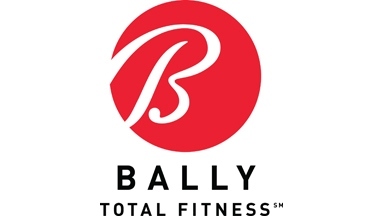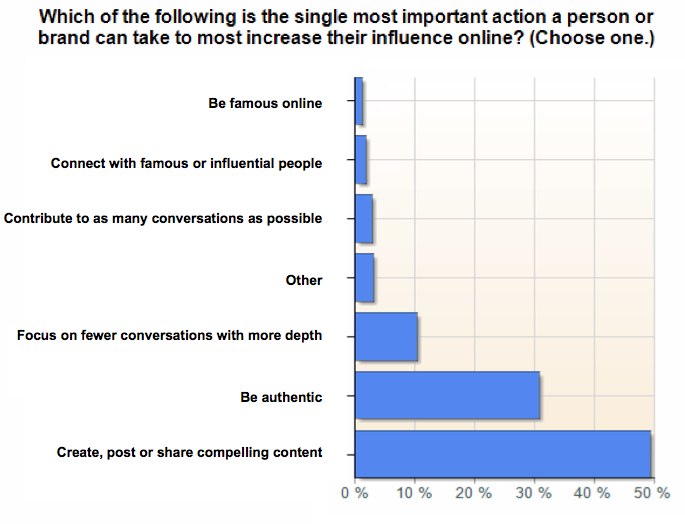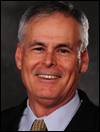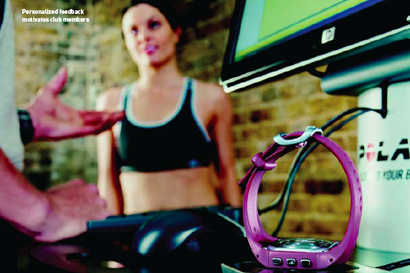Where Is Bally Total Fitness Headed ? CBI Offers Clues
/ I read with great interest Patricia Amend's cover article on Michael Sheehan and Bally Total Fitness included in the November 2010 edition of Club Business International. The title, "A 21st Century Brand" is interesting. Certain operational moves made at Bally Total Fitness speak volumes about an organization that, I have a hunch, has an understanding of where the fitness industry is headed. Although as Michael Sheehan himself points out, "We'd prefer to be judged on the basis of our progress...".
I read with great interest Patricia Amend's cover article on Michael Sheehan and Bally Total Fitness included in the November 2010 edition of Club Business International. The title, "A 21st Century Brand" is interesting. Certain operational moves made at Bally Total Fitness speak volumes about an organization that, I have a hunch, has an understanding of where the fitness industry is headed. Although as Michael Sheehan himself points out, "We'd prefer to be judged on the basis of our progress...".
As you know I've been writing and speaking about what the future of the fitness industry holds and therefore I don't think it a coincidence that the new management team at Bally Total Fitness is made up of 1) a former CMO from United Airlines, 2) a former CFO of the web travel giant Orbitz and 3) the former head of HR from The Home Depot. Not one of their new "C" level executives has deep roots in fitness, with the exception of Michael Sheehan himself. I think there is a reason for that. Growing a national fitness brand and designing and executing new consumer centric models that leverage technology are but one, but a significant component, of what I think the future is about. These skills are uncommon in the extant fitness industry so one should be paying close attention to Bally given their personnel moves. We've seen bringing in industry outsiders fail before with other national brands, but time will tell.
What do you think about Bally Total Fitness ? With their under performing clubs shuttered, debt eliminated and a vibrant new management team, will they rise from the ashes of 2 bankruptcy filings ? Contact me, Bryan O'Rourke, or share your views here and tell me what you think about the CBI article. Kudos to Patricia for her great article.













